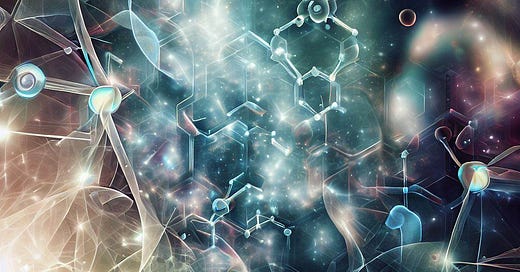So seamless is our reality that the concept of emergence is not something we are obliged to think about.
‘The whole is greater than the sum of its parts’, is a commonplace phrase. It can be used to inspire unity, teamwork or a concerted effort. The deeper truth that this crudely expresses is th…
Keep reading with a 7-day free trial
Subscribe to The Vigne Intervention to keep reading this post and get 7 days of free access to the full post archives.





